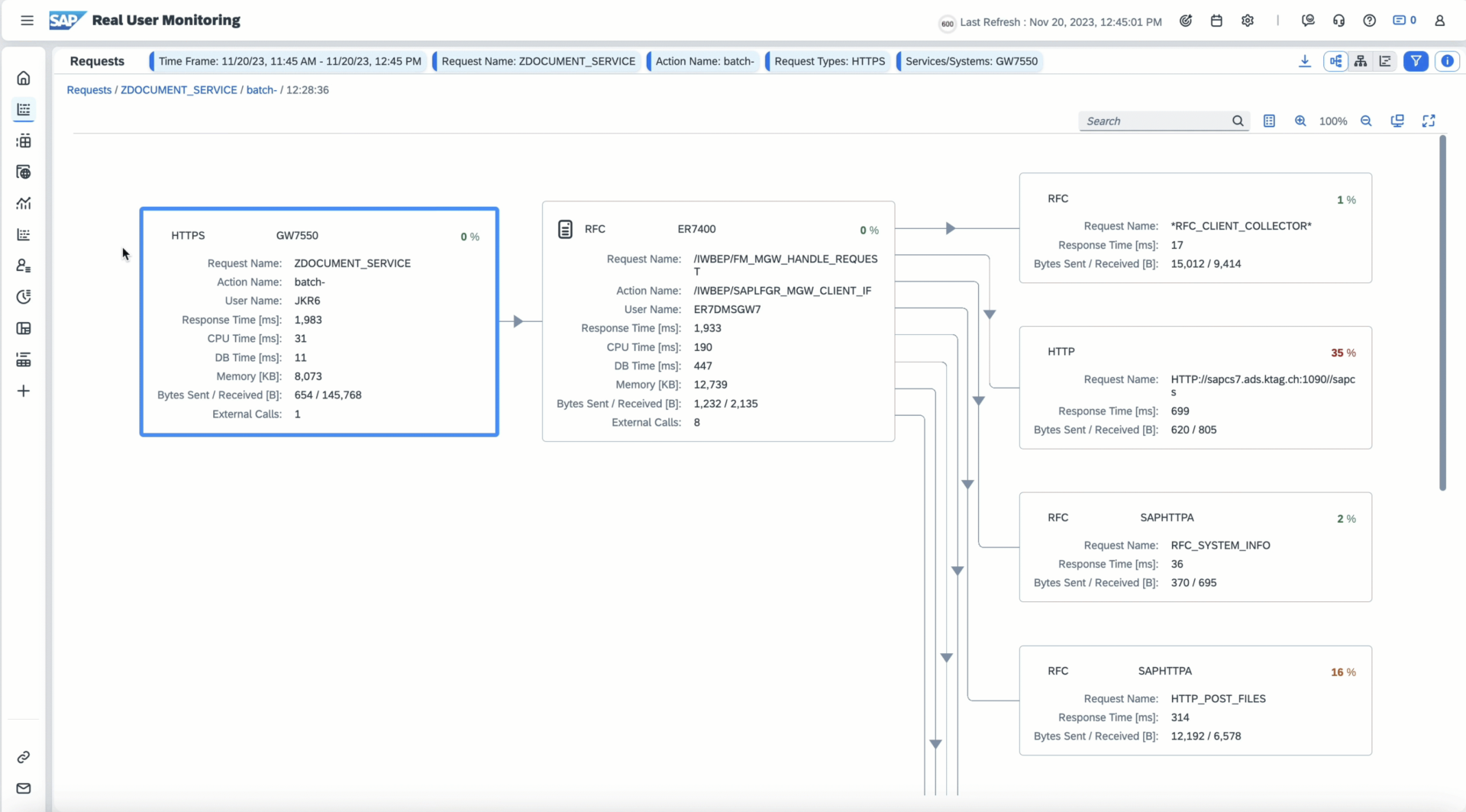
Untangling Workplace stress through ALM Solutions (Part 2)
Step 2: Analyze

After detecting issues, the next critical step in SAP Cloud ALM is analysis. This phase mirrors stepping back and using grounding techniques in personal stress management to gain a clearer, rational perspective. IT teams utilize robust monitoring and analytics to dissect anomalies, pinpoint root causes, and understand their broader impacts on operations. This objective, data-informed approach ensures that solutions are based on a comprehensive understanding of the issues, akin to rationalizing emotions to focus on factual realities. In SAP Cloud ALM, for example, this is Real User Monitoring, which provides transparency through measurements on the frontend and server side to determine the actual cause of performance and functional problems of performance and functional problems.

If possible, physically distance yourself from the stress source. A short walk, even if it’s just to another room or a quick walk outside, can help clear your mind.
Moving our body helps relieve the tension. Maybe you don’t have this opportunity every time you need it, if not possible physically, imagining also helps if able to.
To “get out” can also be switching from concentrating to your internal feeling/sensations to anything outside: check how many windows has the room, how many squares in the floor, how many colours in the painting in front of you… whatever helps you switch your mind from the unhealthy overwhelming emotions to an external rational focus, from I feel to I observe, from the unbearable inside into the flat observable outside.
Employ grounding techniques, such as the 5-4-3-2-1 method and the 333 Rule, to help bring your focus back to the present and shift from overwhelming emotions to a more external, rational perspective.
The 5-4-3-2-1 method involves taking a moment to notice five things you can see around you, four things you can touch, three things you can hear, two things you can smell, and one thing you can taste. This technique helps in redirecting your attention from stress to your immediate environment. For example, you might notice the color of a nearby chair, feel the texture of your clothing, hear the hum of a computer, smell coffee brewing, and taste the mint from your gum.
The 333 Rule requires you to look around and identify three objects, listen for three sounds, and move three parts of your body (such as your fingers, toes, and shoulders). This could involve recognizing a picture on the wall, hearing the tick of a clock, and wiggling your toes. Both techniques are effective in grounding you in the here and now, alleviating feelings of stress by anchoring your senses to your surroundings.
Evaluate the situation by considering the long-term impact of what’s causing your stress. Apply techniques such as the Rational Emotive Behavior Therapy (REBT) forms to question and rationalize your thoughts. Utilize the REBT model to gain a fresh perspective: it offers a method for documenting stressors, which can help you see them in a new light. If, after writing them down, you still struggle to view things differently, consider discussing your feelings with someone you trust or seek professional guidance.
If you missed our last article on disentangling stress in the workplace, you can read it here.